Diamond-based imaging system uses magnetic resonance of electrons to detect charged atoms.
- By Sara Reardon, Nature magazine on March 7, 2017

Diamond-based imaging system uses magnetic resonance of electrons to detect charged atoms.

IBM esta anunciando que estão desenvolvendo um sistema universal de “computação qu ntica”
O serviço será chamado IBM Q, e ele dará às pessoas acesso ao seu computador qu ntico de estágio inicial pela internet para usar como desejar — por uma taxa.
O grande elefante na sala é que, por enquanto, o computador qu ntico da IBM só funciona com cinco qubits, então não é muito mais rápido (se houver mais rápido) do que um computador convencional.

By Matt Reynolds
By making DNA endlessly change, researchers have shown how a biological computer might one day solve problems much faster than conventional computers or even quantum computers. It’s still a long way from being functional though.
The DNA-based system is an experiment in how it may be possible to make a theoretical type of computer known as a non-deterministic universal Turing machine.
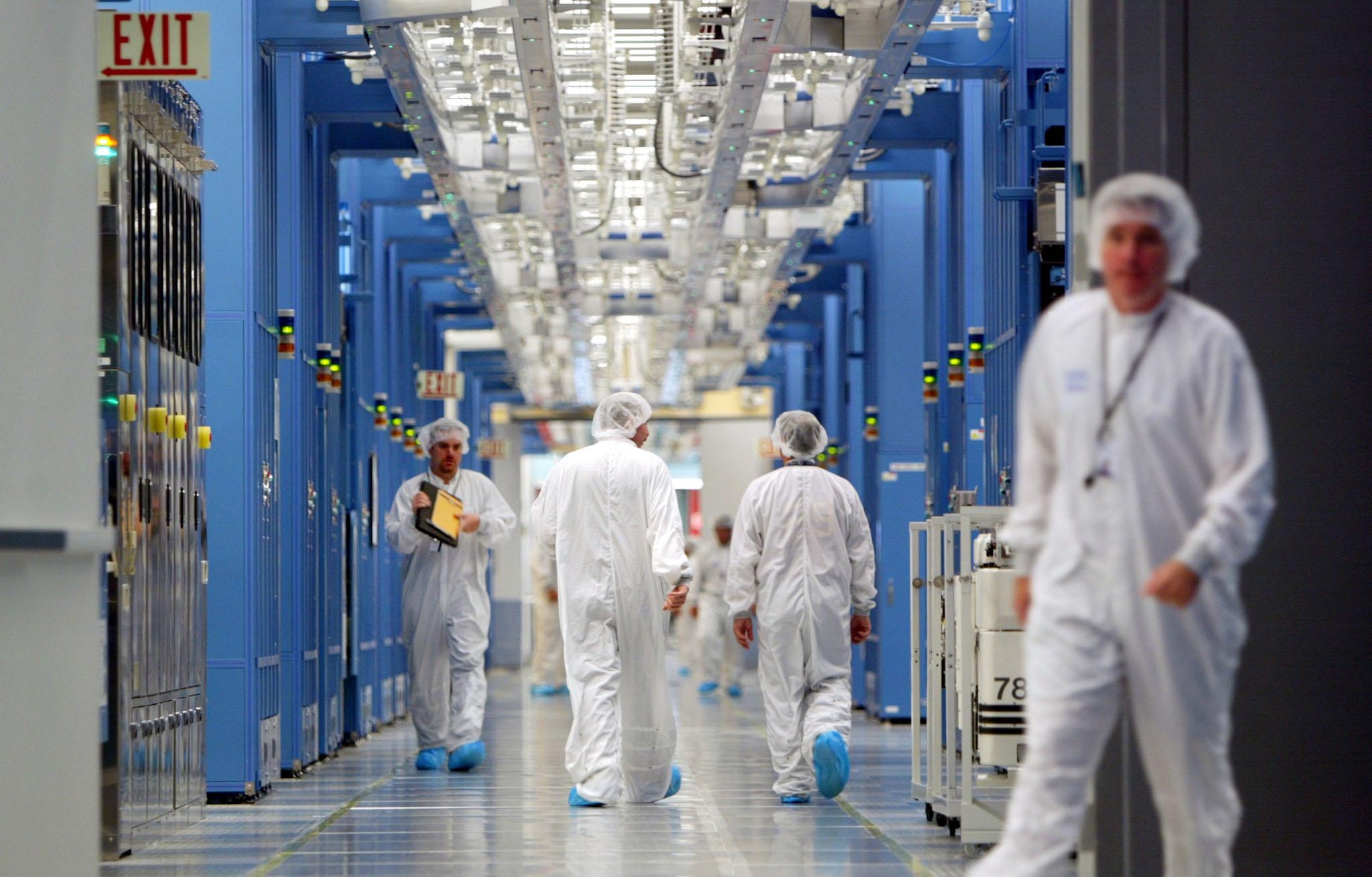
IBM has taken its first step towards selling computers that are millions of times faster than the one you’re reading this on.
The company has set up a new division, IBM Q, that is intended to make quantum computers and sell them commercially.
Until now, quantum computers have mostly been a much hyped but long away dream. But IBM believes they are close enough to reality to start work on getting software ready for when they become commercially available.
IBM Q is an industry-first initiative to build a commercially available universal quantum computers for business and science. While technologies like AI can find patterns buried in vast amounts of existing data, quantum computers will deliver solutions to important problems where patterns cannot be seen and the number of possibilities that you need to explore to get to the answer are too enormous ever to be processed by classical computers.
IBM Q quantum systems and services will be delivered via the IBM Cloud platform and will be designed to tackle problems that are too complex and exponential in nature for classical computing systems to handle. One of the first and most promising applications for quantum computing will be in the area of chemistry and could lead to the discovery of new medicines and materials. IBM aims at constructing commercial IBM Q systems with ~50 qubits in the next few years to demonstrate capabilities beyond today’s classical systems, and plans to collaborate with key industry partners to develop applications that exploit the quantum speedup of the systems.
IBM also announced:
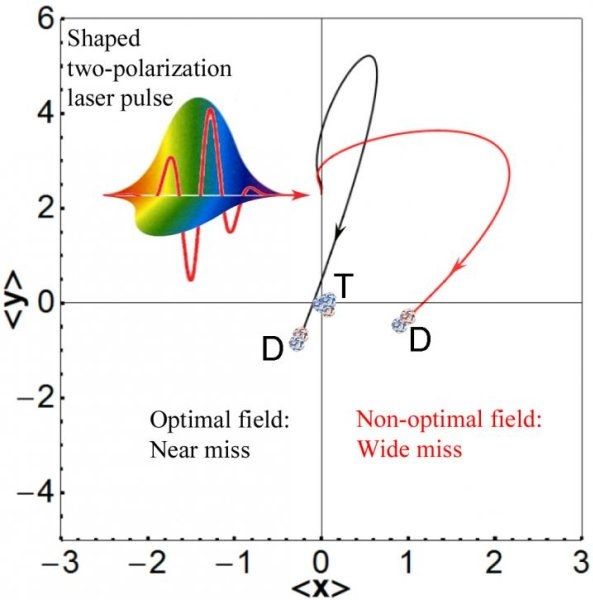
Controlled nuclear fusion has been a holy grail for physicists who seek an endless supply of clean energy. Scientists at Rice University, the University of Illinois at Urbana-Champaign and the University of Chile offered a glimpse into a possible new path toward that goal.
Their report on quantum-controlled fusion puts forth the notion that rather than heating atoms to temperatures found inside the sun or smashing them in a collider, it might be possible to nudge them close enough to fuse by using shaped laser pulses: ultrashort, tuned bursts of coherent light.
Authors Peter Wolynes of Rice, Martin Gruebele of Illinois and Illinois alumnus Eduardo Berrios of Chile simulated reactions in two dimensions that, if extrapolated to three, might just produce energy efficiently from deuterium and tritium or other elements.
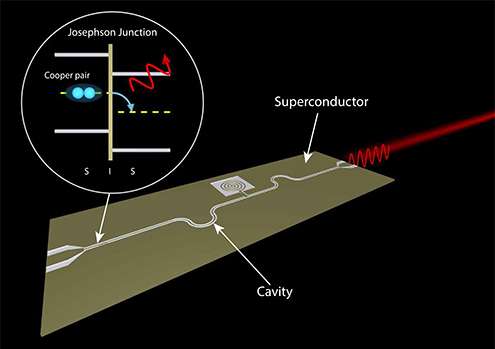
Lasers are everywhere nowadays: Doctors use them to correct eyesight, cashiers to scan your groceries, and quantum scientist to control qubits in the future quantum computer. For most applications, the current bulky, energy-inefficient lasers are fine, but quantum scientist work at extremely low temperatures and on very small scales. For over 40 years, they have been searching for efficient and precise microwave lasers that will not disturb the very cold environment in which quantum technology works.
A team of researchers led by Leo Kouwenhoven at TU Delft has demonstrated an on-chip microwave laser based on a fundamental property of superconductivity, the ac Josephson effect. They embedded a small section of an interrupted superconductor, a Josephson junction, in a carefully engineered on-chip cavity. Such a device opens the door to many applications in which microwave radiation with minimal dissipation is key, for example in controlling qubits in a scalable quantum computer.
The scientists have published their work in Science on the 3rd of March.
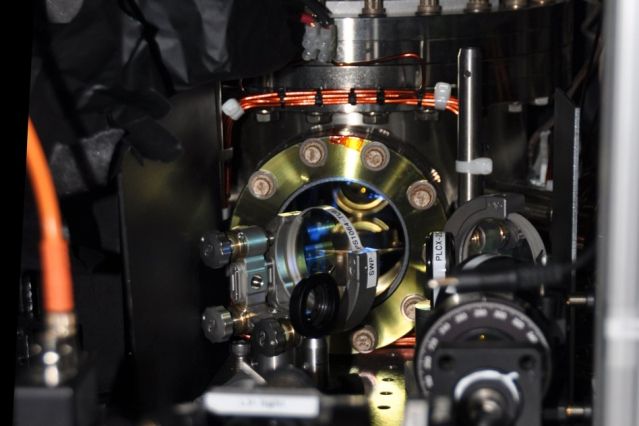
MIT physicists have created a new form of matter, a supersolid, which combines the properties of solids with those of superfluids.
By using lasers to manipulate a superfluid gas known as a Bose-Einstein condensate, the team was able to coax the condensate into a quantum phase of matter that has a rigid structure—like a solid—and can flow without viscosity—a key characteristic of a superfluid. Studies into this apparently contradictory phase of matter could yield deeper insights into superfluids and superconductors, which are important for improvements in technologies such as superconducting magnets and sensors, as well as efficient energy transport. The researchers report their results this week in the journal Nature.
“It is counterintuitive to have a material which combines superfluidity and solidity,” says team leader Wolfgang Ketterle, the John D. MacArthur Professor of Physics at MIT. “If your coffee was superfluid and you stirred it, it would continue to spin around forever.”
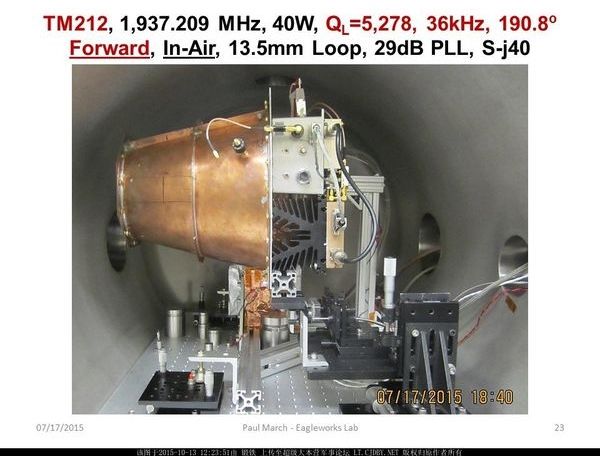

The encryption codes that safeguard internet data today won’t be secure forever.
Future quantum computers may have the processing power and algorithms to crack them.
Nathan Hamlin, instructor and director of the WSU Math Learning Center, is helping to prepare for this eventuality.